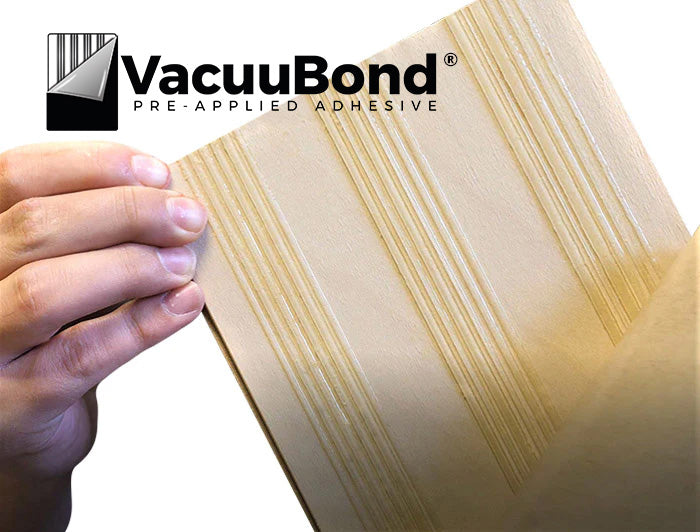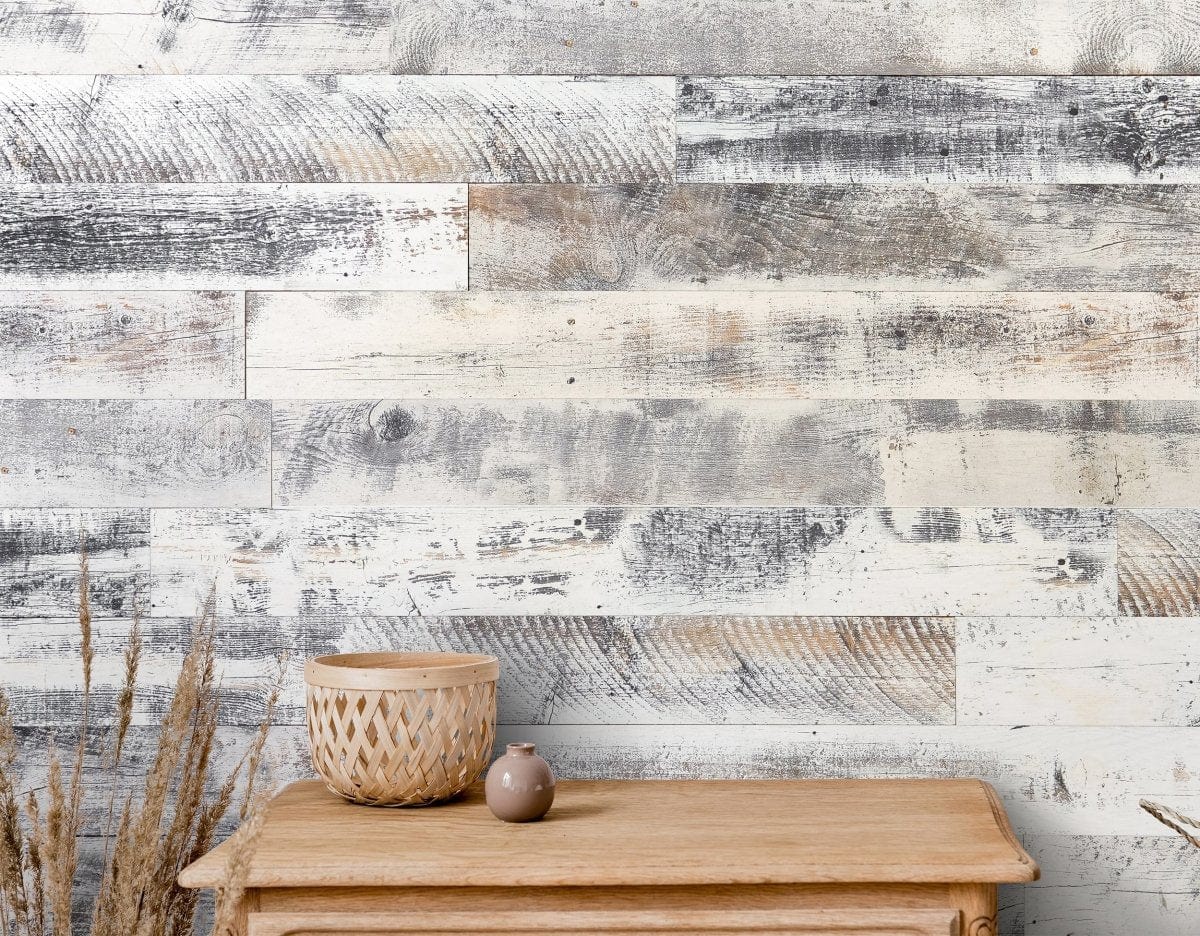Your Cart is Empty
Get your first 3 samples FREE! Use code: 3FREESAMPLES at checkout!
Get your first 3 samples FREE! Use code: 3FREESAMPLES at checkout!
Shop Products
What's Trending
Resources
Wallplanks® Blogs
The Best Top Coat Wood Finish
Pre-Applied Adhesive
Wallplanks® Blogs

View Blogs >
The Best Top Coat Wood Finish

Read More >
Pre-Applied Adhesive

Read More >
What Is the Difference Between Tongue and Groove and Shiplap?
January 26, 2024 4 min read 1 Comment

When it comes to interior wall paneling, there are many options to choose from. Two popular choices are tongue and groove and shiplap. While these two styles may seem similar initially, they have some distinct characteristics that set them apart.
This blog post will delve into the differences between tongue and groove and shiplap, exploring their origins, construction, installation, and best applications. Whether you're a homeowner or a designer, understanding these distinctions will help you make an informed decision when it comes to enhancing your interior space.
Understanding Tongue and Groove Paneling
Tongue and groove paneling is a construction method that dates back centuries and is often associated with traditional and rustic styles. The term "tongue and groove" refers to how the panels fit together. Each board has a protruding "tongue" on one edge and a recessed "groove" on the other. When two boards are joined, the tongue of one board slots perfectly into the groove of the adjacent board, creating a tight and secure fit.
Origins and Materials
Tongue and groove paneling originated from early woodworking techniques used in the construction of log cabins. Traditionally, it was crafted using solid wood, such as pine or oak. Today, tongue and groove paneling is available in various materials, including real wood, engineered wood, and even plastic.
Construction and Installation
To install tongue and groove paneling, each board is slotted into the adjacent one at an angle and then laid flat to create a seamless connection. This interlocking system enhances aesthetics and adds strength and stability to the finished wall. Depending on the desired look, tongue and groove paneling can be installed vertically or horizontally.
Applications and Benefits
Tongue and groove paneling is versatile and can be used in various interior spaces. It can be an excellent choice for living rooms, bedrooms, bathrooms, and even ceilings. The tight fit between the boards helps insulate and provide soundproofing while creating a visually appealing surface. Tongue and groove paneling is often chosen for its classic, timeless aesthetic and warm, cozy feel.
Exploring Shiplap Paneling
Much like tongue and groove, shiplap paneling has a long history and has gained popularity in recent years for its clean and modern look. The term "shiplap" refers to the way the boards overlap. Each board has a groove cut horizontally along the back, allowing the board to fit snugly over the tongue of the adjacent board when installed.
Origins and Materials
Originally used in shipbuilding, shiplap paneling was designed to create a watertight and weather-resistant exterior. Traditionally, it was made from solid pine boards. Today, shiplap paneling can be found in various materials, including real wood, engineered wood, and even vinyl.
Construction and Installation
Installing shiplap is relatively straightforward. Each board is mounted horizontally onto a substructure, with the groove of one board fitting over the tongue of the neighboring board. While tongue and groove paneling creates a seamless wall, shiplap emphasizes the visible gaps or "reveal" between the individual boards, resulting in a grooved effect.
Applications and Benefits
Shiplap paneling is highly versatile and can be used to create both traditional and contemporary looks. It's often favored in coastal or farmhouse-inspired spaces, but its simplicity and clean lines also work well in modern applications. Shiplap can add texture and visual interest to any room, and its installation is typically quicker and more cost-effective than tongue and groove.
Choosing Between Tongue and Groove or Shiplap
When deciding between tongue and groove and shiplap, several factors should be considered:
Style and Aesthetic
Tongue and groove paneling tends to exude a traditional, cozy, and rustic feel. It's a classic choice that can work well in almost any space. On the other hand, shiplap provides a more modern, crisp, and clean look. Consider your overall design concept and personal preference to decide which option complements your vision best.
Installation Requirements
While both tongue and groove and shiplap require some level of expertise for installation, tongue and groove might be slightly more challenging due to the precision required in fitting the boards together. With its overlapping installation method, shiplap offers a more forgiving installation process.
Budget and Maintenance
Consider your budget constraints and maintenance requirements. Due to the tight fit and interlocking system, tongue and groove paneling can be more expensive. However, both options generally require little maintenance, making them attractive long-term solutions.
Shop Wallplanks Today
Understanding the differences between tongue and groove and shiplap is crucial when selecting the right wall paneling for your project. While both styles offer unique aesthetics, ease of installation, and durability, they cater to different design preferences and applications. By carefully considering factors such as style, installation demands, and budget, you can confidently make a well-informed decision for your interior space.
If you're looking to transform your interior walls with high-quality, aesthetically pleasing paneling, check out Wallplanks. With a wide range of tongue and groove and shiplap options in various materials, finishes, and colors, Wallplanks offers the perfect wall paneling solution for any style or project. Explore our stunning collection and take the first step towards achieving your dream living space.


Alissa
January 31, 2024
Elevate your table setting with a macrame runner, its intricate designs and natural material adding a warm, artisanal feel to your dining space. https://www.etsy.com/listing/1649419708/crochet-table-runner-macrame-table